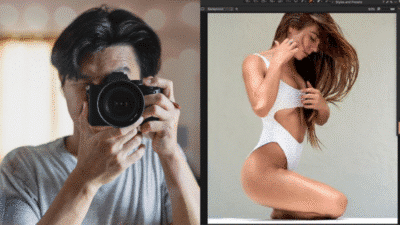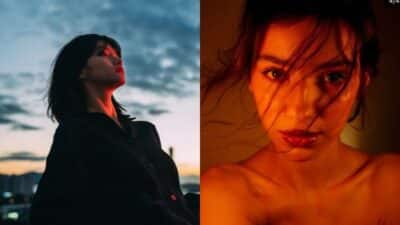Photography inspiration doesn’t have to feel out of reach. You can find it in the everyday details around you, in the work of others, or by experimenting with new techniques that push your creativity forward. Photography inspiration comes from actively exploring fresh perspectives, not waiting for ideas to appear on their own.
You might discover it by studying how light changes a familiar scene, by capturing motion in unexpected ways, or by challenging yourself with a project that forces you to see differently. Looking at the approaches of other photographers can also spark ideas, helping you adapt what you admire into your own style.
Exploring creative tools like reflections, unusual angles, or post-processing techniques can open new directions for your work. When you combine these with consistent practice, you create a reliable flow of inspiration that keeps your photography evolving.
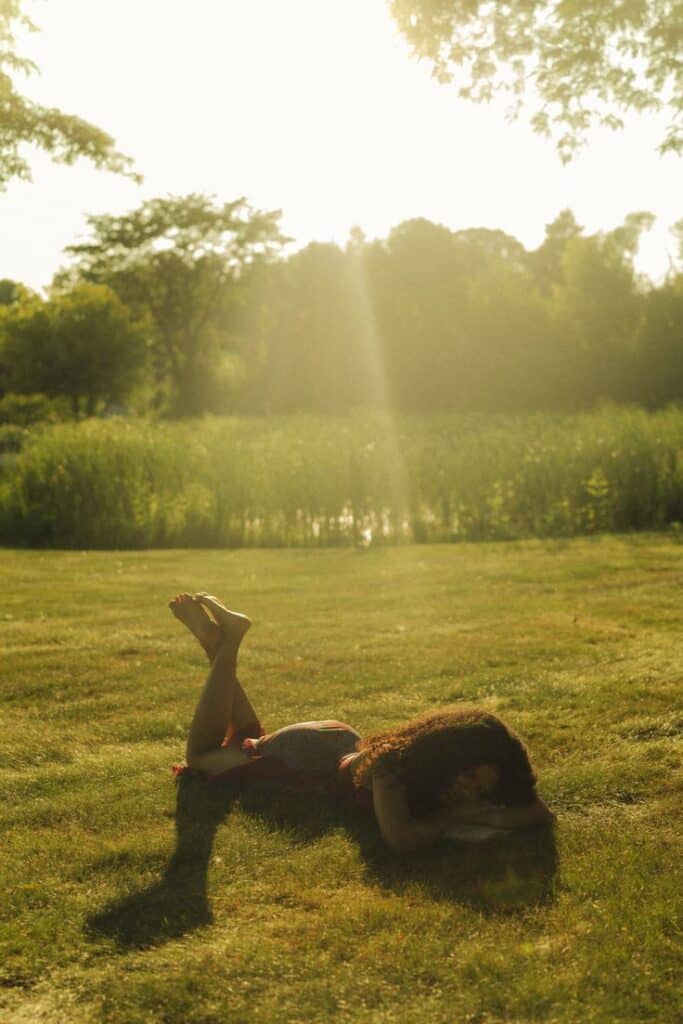
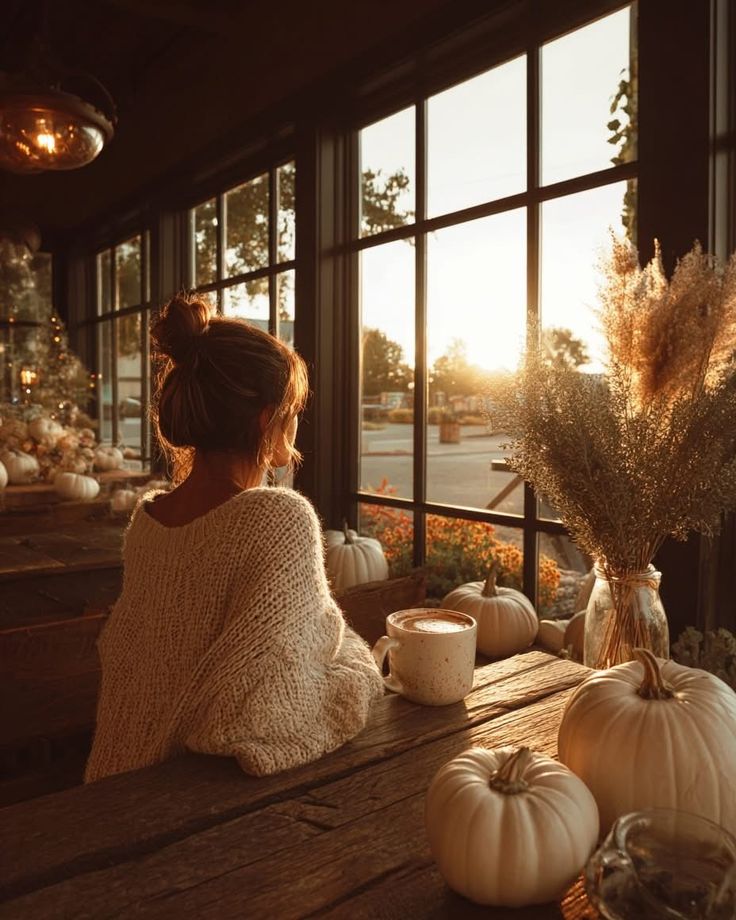

Key Takeaways
- Inspiration comes from seeking fresh perspectives in everyday life
- Exploring others’ work and creative techniques helps spark new ideas
- Consistent practice builds lasting motivation and growth
Understanding Photography Inspiration
Photography inspiration helps you shape your creative vision, sustain artistic growth, and overcome periods of stagnation. It comes from both external sources—such as environments, people, or art—and internal ones like curiosity, memory, and personal values.
What Drives Creative Vision
Your creative vision develops from a mix of influences, decisions, and experiences. The way you see light, choose subjects, and frame a scene reflects not just technical skill but also your perspective on the world.
You can find photography inspiration in many places: nature, architecture, books, or even daily routines. Observing details others might overlook—shadows on a wall, movement in a crowd—helps sharpen how you interpret visual stories.
Keeping a journal or mood board often clarifies your direction. By collecting sketches, written notes, or reference images, you create a resource that guides your style. This practice also encourages you to refine what truly resonates with you rather than copying trends.
The Role of Photographic Inspiration in Artistic Growth
Photographic inspiration pushes you to experiment with new ideas and techniques. When you explore different genres—portrait, landscape, street, or abstract—you expand your skills and discover what challenges you most.
Growth often comes from stepping outside your comfort zone. Trying long exposures, unusual angles, or unfamiliar editing methods can reveal possibilities you might not expect. These small risks build confidence and help you define a personal style.
Community also plays a role. Sharing your work with peers, joining critique groups, or studying established photographers exposes you to different perspectives. This feedback loop helps you identify strengths while showing areas where you can improve.
Common Challenges to Staying Inspired
You may face creative fatigue, where your images feel repetitive or lack energy. This often happens when you shoot the same subjects or settings without variation.
Another challenge is comparison. Constantly measuring your work against others can make you feel stuck rather than motivated. Instead, use other photographers’ work as reference points, not benchmarks.
Practical obstacles—like limited time, budget, or access to locations—also affect your ability to find photography inspiration. Breaking these barriers often requires small adjustments, such as working with everyday objects at home, setting short creative exercises, or exploring local areas you normally overlook.
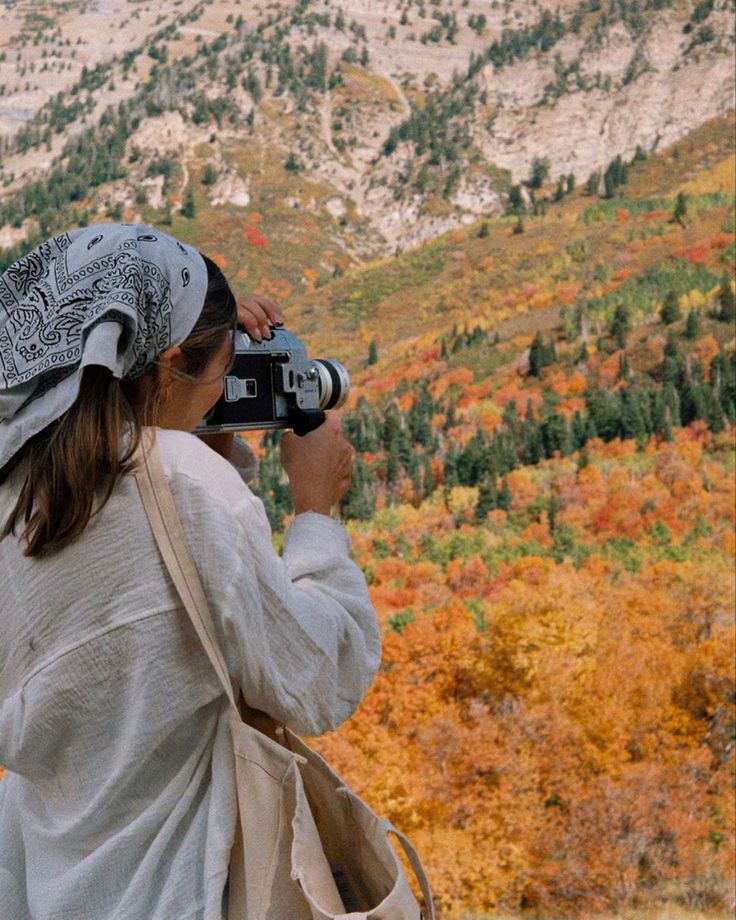
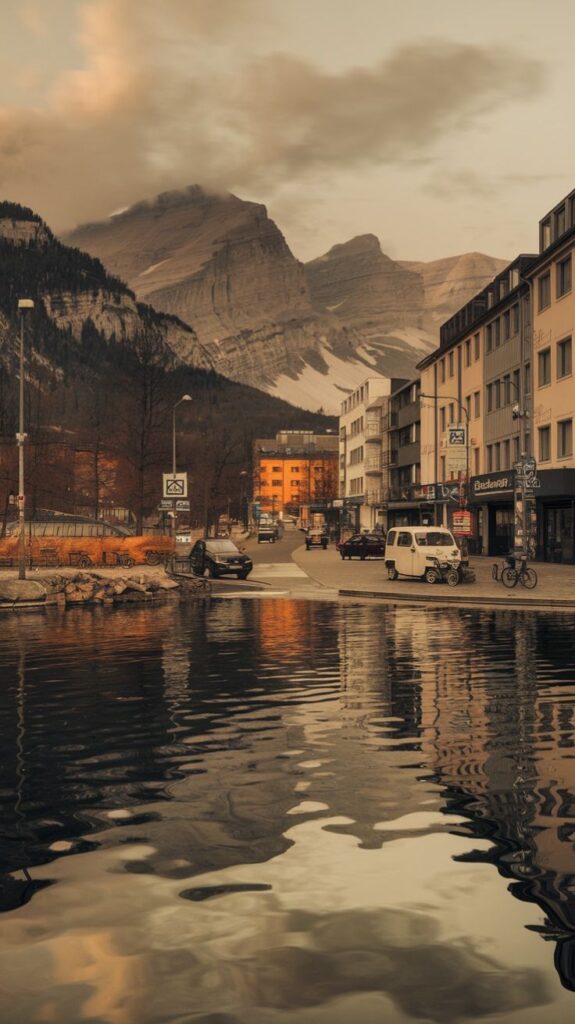
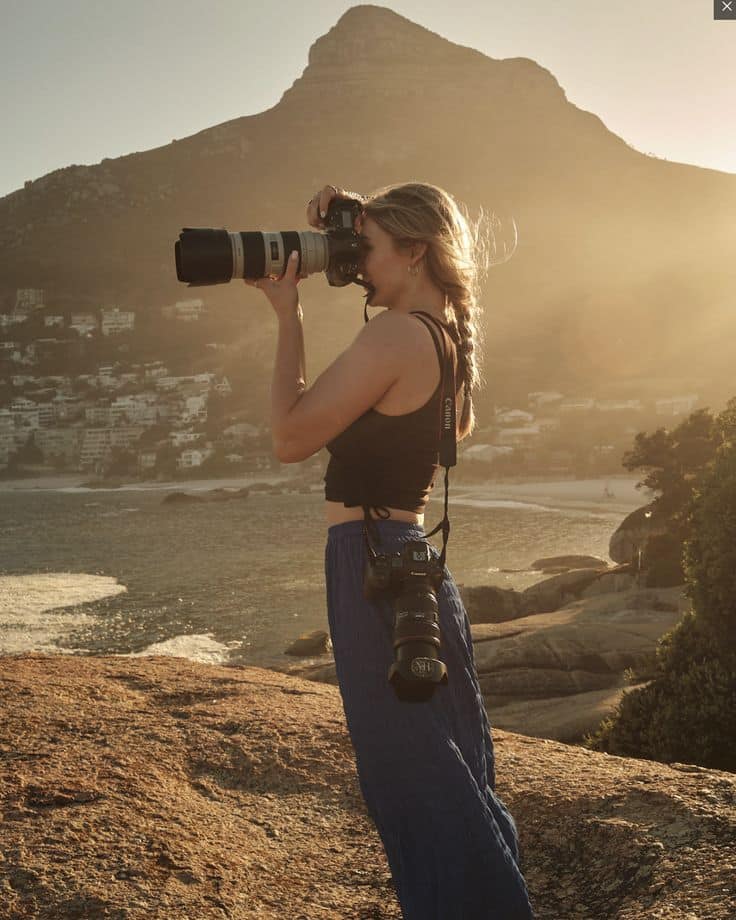
Finding Inspiration Through Others
You can often spark new ideas by looking at how other photographers approach their craft. Studying their methods, engaging with their communities, and experiencing their work firsthand can give you fresh perspectives and motivation.
Exploring Iconic Photographers and Their Work
Examining the work of established photographers helps you understand how they shaped their style and vision. For example, Ansel Adams is known for his mastery of light and composition in landscape photography. Studying his images can teach you how to use contrast and detail to create striking black-and-white photos.
You don’t need to copy their work. Instead, pay attention to patterns, themes, or techniques that resonate with you. Create a small reference library of books, articles, or saved images that you can revisit when you feel stuck.
A simple way to practice is to choose one element from their work—like framing, lighting, or subject choice—and apply it to your own projects. This keeps you learning while still developing your unique style.
Leveraging Social Media Platforms
Social media platforms expose you to a wide range of styles and genres. Instagram is one of the most popular spaces to follow photographers, discover trends, and share your own work. Platforms like 500px and Pinterest also provide curated collections that can help you see how others approach similar subjects.
To make the most of these platforms:
- Follow photographers who inspire you.
- Save collections of images you’d like to study later.
- Engage with communities by leaving thoughtful comments or joining discussions.
Using these platforms isn’t just about scrolling. It’s about observing details, identifying what draws your attention, and applying those ideas to your own process. Over time, you’ll build a visual library that can guide your creativity.
Attending Exhibitions and Photo Walks
Seeing printed photographs in galleries or exhibitions allows you to experience images in a different way than on a screen. You can study how scale, presentation, and print quality affect the impact of a photo. Many local galleries or museums host photography shows that are accessible and affordable.
Photo walks are another valuable option. These events bring photographers together to explore a location while shooting side by side. You’ll see how others approach the same subject, which can spark ideas you might not have considered.
During these walks, you can also exchange tips, discuss gear, and build connections with like-minded people. The shared environment creates opportunities to learn techniques directly from others while practicing in real time.
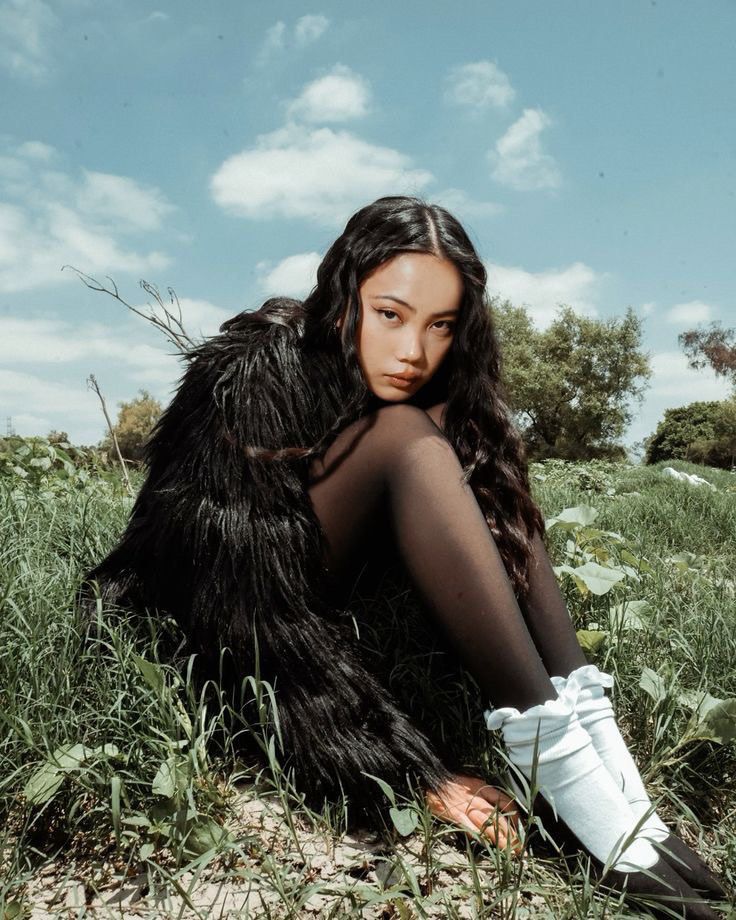
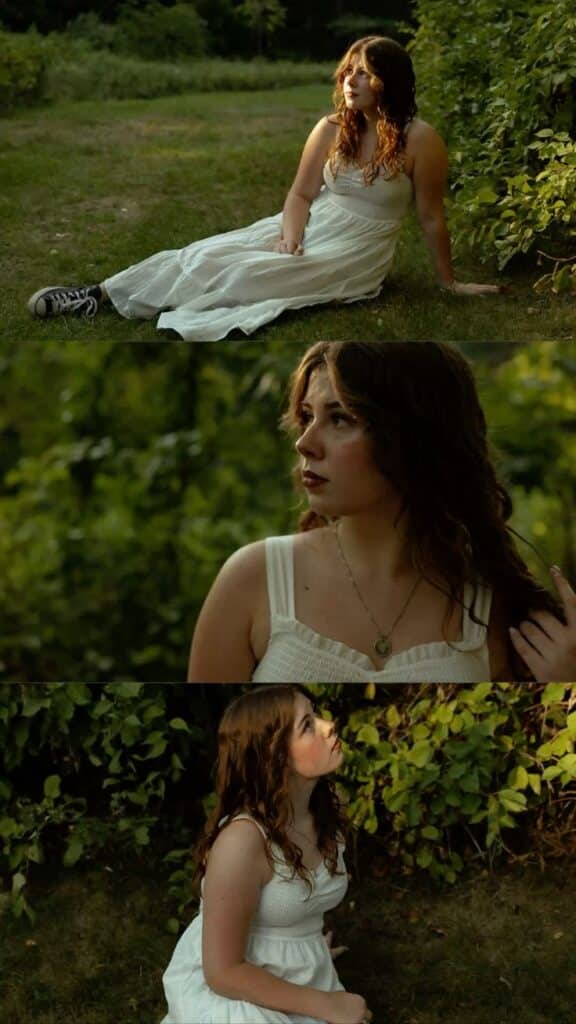
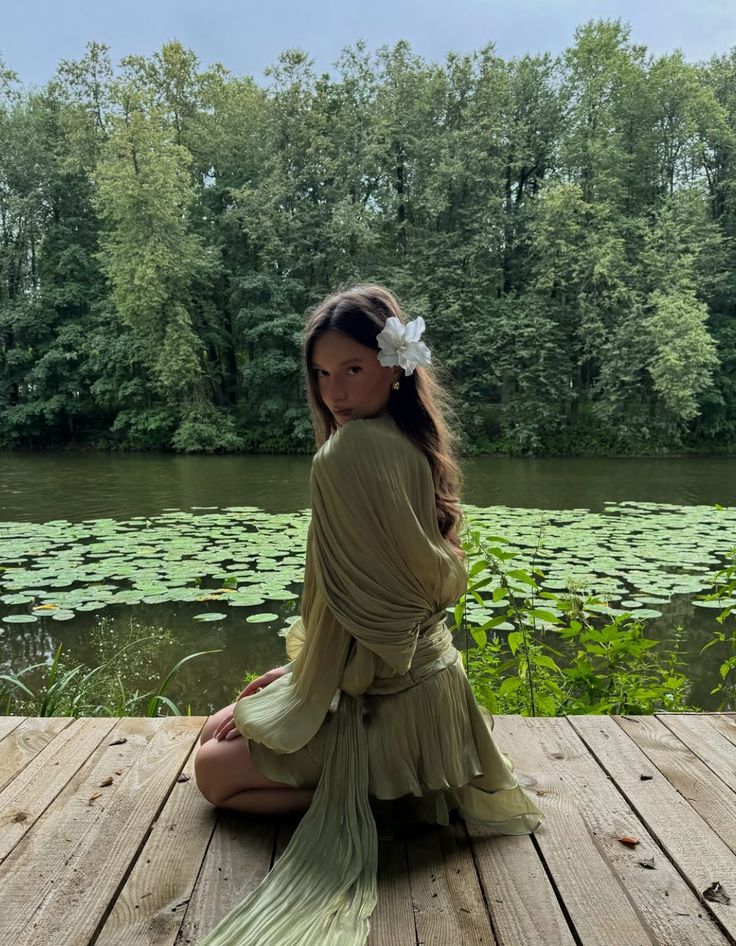
Creative Techniques to Spark Photography Inspiration
Small changes in how you frame, expose, and choose your subjects can transform your photography. By adjusting composition, experimenting with exposure, and exploring new genres, you can find fresh ways to stay motivated and inspired.
Experimenting with Composition
Composition shapes how your viewer experiences an image. You can start by applying simple rules like the rule of thirds or leading lines to guide attention. Once you’re comfortable, try breaking those rules to see how unusual framing changes the mood.
Shifting your perspective often makes a big difference. Photograph a scene from ground level, or climb higher for a bird’s-eye view. Even in still life photography, moving objects slightly can reveal stronger balance or symmetry.
Another useful approach is to limit yourself. For example, only shoot vertical frames for a day, or work with a square aspect ratio. These small restrictions encourage you to think more carefully about placement and spacing.
Playing with Exposure and Long Exposure
Exposure directly affects the atmosphere of your images. Shooting with intentional overexposure can create a bright, airy feel, while underexposure adds mood and contrast. Adjusting your exposure compensation is a quick way to explore these effects without changing all your settings.
Long exposure opens even more creative options. With a tripod and an ND filter, you can blur moving water into smooth surfaces or capture light trails from cars at night. This technique works well for cityscapes, landscapes, and even street photography when you want to show motion.
Flash can also play a role in experimenting with exposure. Using it outdoors during the day, known as fill flash, helps balance strong sunlight and reduce harsh shadows. Combining flash with long exposure can create striking images where both motion blur and sharp detail appear in the same frame.
Trying New Genres and Styles
Exploring different genres often sparks new ideas. If you usually focus on landscapes, try street photography to practice capturing candid moments. Switching to still life photography can teach you patience and control over lighting and arrangement.
You don’t need to fully commit to a new style. A single session experimenting with portraits, architecture, or macro can sharpen your eye and reveal techniques you can bring back to your main work.
Mixing styles also helps you adapt. For example, applying compositional lessons from still life to street photography can improve how you frame fast-moving scenes. The more genres you explore, the more flexible and inspired your photography becomes.
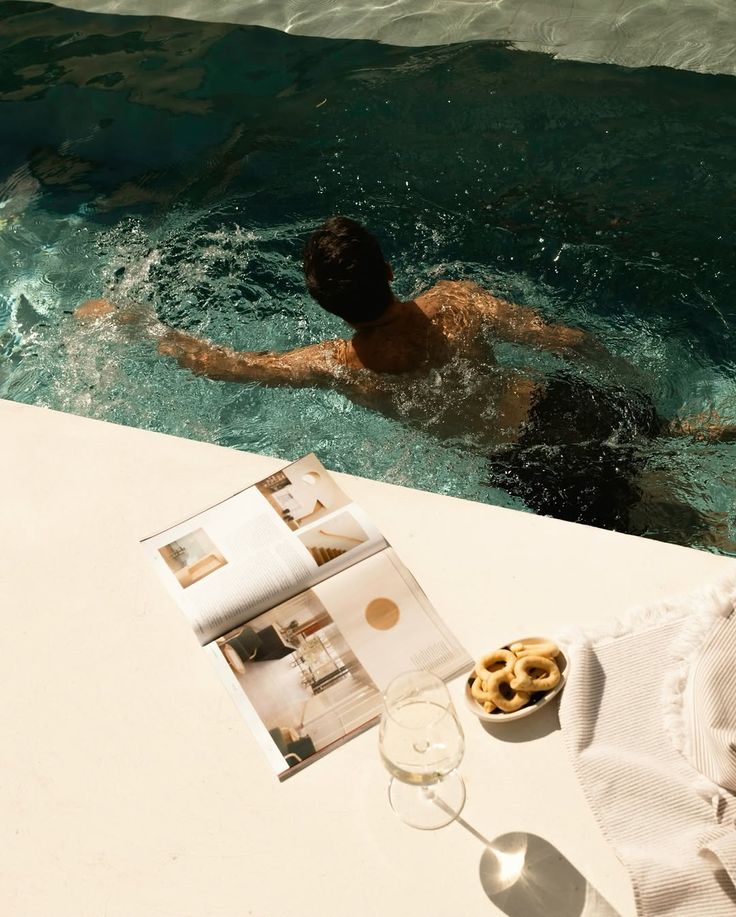
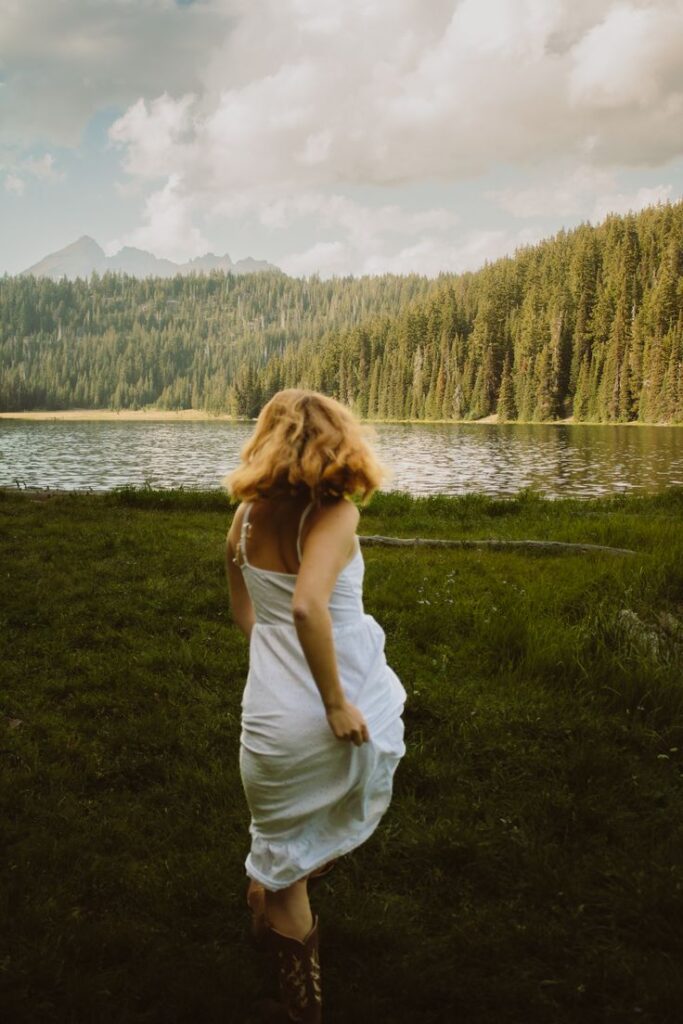

Participating in Challenges and Projects
Taking part in structured activities helps you stay motivated, improve your technical skills, and discover new creative directions. You can use these opportunities to sharpen your eye, practice editing, and connect with others who share your interest in photography.
Joining a Photo Challenge
A photo challenge gives you a clear theme or prompt to guide your work. This structure removes the guesswork of what to shoot and helps you focus on composition, lighting, and editing skills. Daily or weekly challenges also encourage consistency, which is key for growth.
Many challenges focus on specific techniques, such as long exposure, black-and-white photography, or minimalism. By working within these limits, you practice solving creative problems and discover new approaches you might not try on your own.
To stay engaged, track your progress. You can make a simple table to log your shots:
| Date | Prompt | Camera Settings | Editing Notes |
|---|---|---|---|
| Sept 12 | Reflections | f/8, ISO 200 | Increased contrast |
This kind of record helps you see patterns in your work and refine your editing choices over time.
Starting Personal Projects
Personal projects give you freedom to explore ideas that matter to you. Unlike a public photo challenge, you set the goals and schedule, which makes it easier to focus on long-term growth.
For example, you could document changes in your neighborhood over a season or create a portrait series of people you know. These projects help you practice storytelling in photography and give you a collection with a clear theme.
You can also use personal projects to improve your post-processing. Editing a series of related images teaches you how to maintain a consistent style, balance color tones, and apply adjustments that support the story you want to tell.
Collaborating with Photography Communities
Working with others in photography communities gives you feedback and encouragement. Online groups, local clubs, and workshops often host photo challenges and projects where you can share your work and learn from different perspectives.
Collaboration also exposes you to techniques you might not consider on your own. For instance, another photographer might suggest a new editing workflow or demonstrate how they set up a shot.
Community challenges often include group discussions or critiques. By participating, you learn how to evaluate not only your own photos but also the work of others, which sharpens your ability to notice details like framing, exposure, and editing consistency.
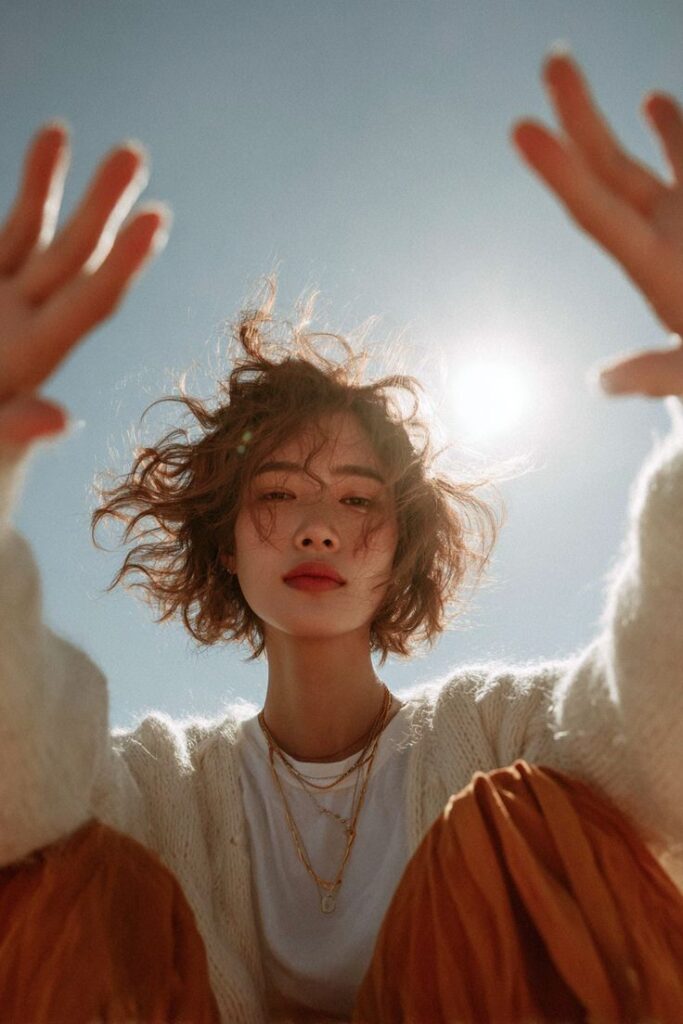
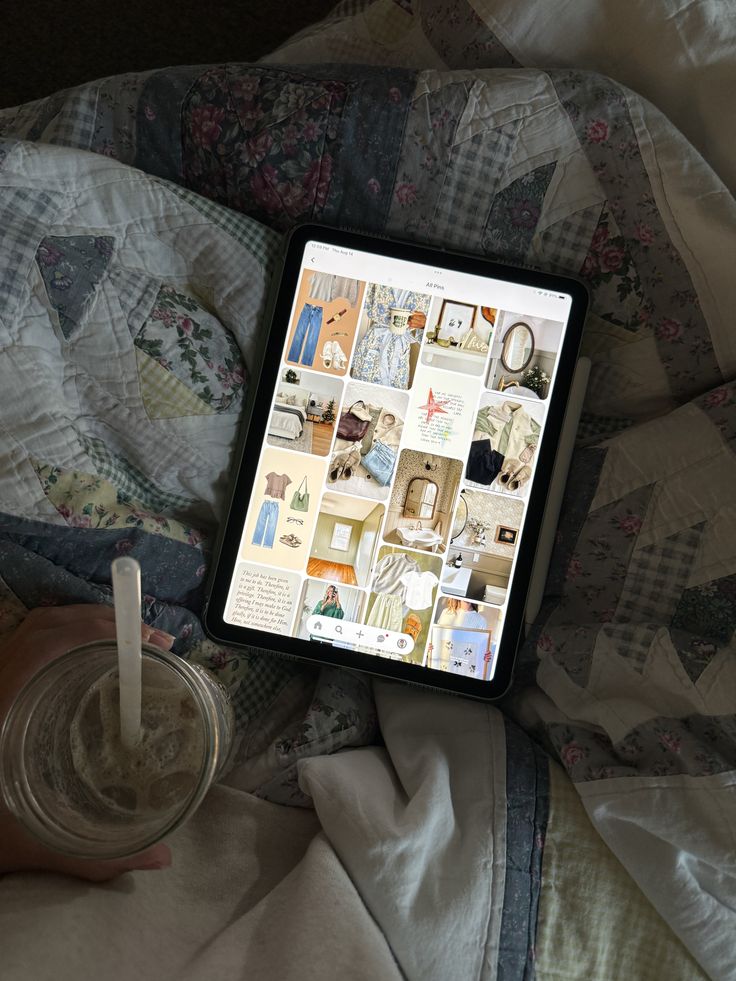
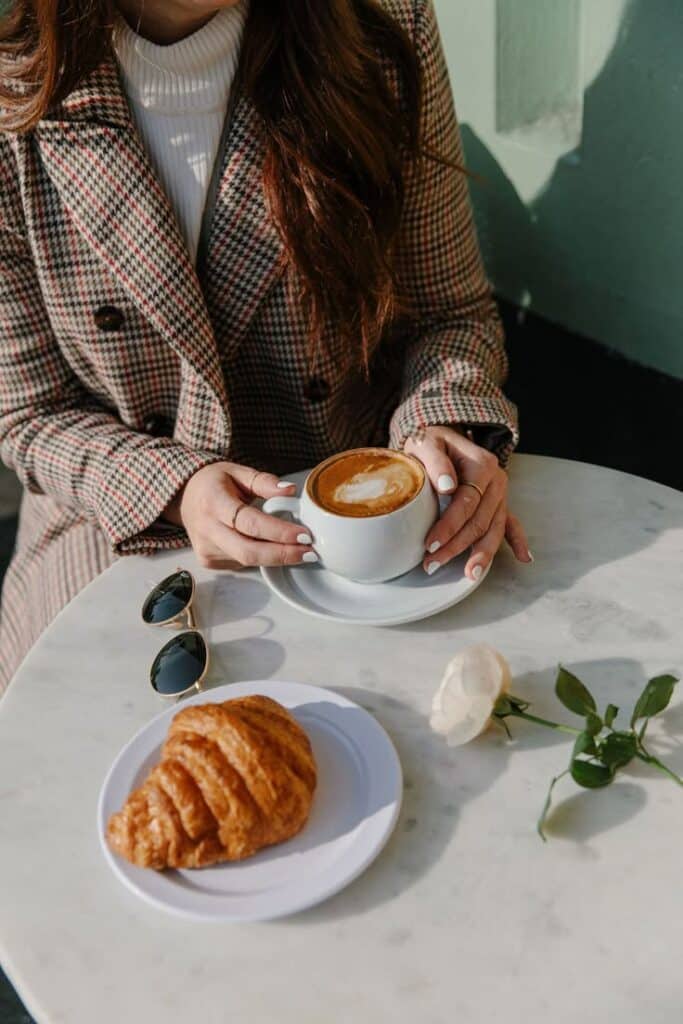
Enhancing Your Inspiration with Post-Processing
Post-processing gives you the chance to refine your images, correct mistakes, and add creative touches that make your work stand out. By focusing on both style and technique, you can transform your editing skills into a reliable source of inspiration.
Developing Unique Editing Styles
Your editing style often becomes as recognizable as your shooting style. By experimenting with color grading, contrast adjustments, and selective sharpening, you can create a consistent look that reflects your vision.
A helpful way to develop this is by creating presets or custom adjustment layers. These save time and help you maintain consistency across projects. Over time, you’ll refine these tools into a personal editing toolkit.
Pay attention to how small changes influence the mood of an image. For example:
- Warm tones often create a welcoming or nostalgic feel.
- Cool tones can emphasize calmness or distance.
- High contrast adds drama, while low contrast feels softer and more subtle.
By testing these approaches, you’ll discover what resonates most with your creative direction.
Learning Advanced Post-Processing Techniques
Once you’ve built a foundation, advanced post-processing techniques can expand your creative options. Tools like layer masking, frequency separation, and luminosity masking allow for precise adjustments without affecting the entire image.
You can also explore compositing, where multiple images blend into one final piece. This technique requires careful attention to shadows, perspective, and color balance to look natural.
Another area worth practicing is non-destructive editing. Using adjustment layers in programs like Photoshop or Lightroom lets you revisit changes without losing your original file. This flexibility encourages experimentation without risk.
Mastering these techniques takes time, but each skill you add strengthens your editing workflow and helps you turn creative ideas into finished photographs.
Cross-Disciplinary Inspiration
You can expand your photography by looking at how other creative fields solve visual challenges. Borrowing methods from painting or combining photography with other visual arts gives you new ways to approach composition, color, and storytelling.
Drawing Ideas from Painting and Other Art Forms
When you study painting, you notice how artists use light, shadow, and perspective to guide the eye. Applying these techniques in your photography helps you create stronger compositions and depth.
Painters also think carefully about color theory. You can use similar strategies by experimenting with complementary or analogous colors in your shots. This makes your images more intentional instead of relying only on what the camera captures.
Looking at sculpture or architecture can also spark ideas. Sculptors emphasize form and texture, while architects focus on structure and space. Observing these details trains you to notice shapes, lines, and balance in your own frames.
You might keep a small list of cross-disciplinary practices:
- Study brushwork in painting to inspire texture in close-ups.
- Observe stage design in theater for creative use of backgrounds.
- Watch how dancers use movement to capture rhythm in action shots.
Blending Visual Arts with Photography
Combining photography with other visual arts creates projects that feel fresh and personal. For example, you can overlay illustration or painting onto your photos to highlight certain areas or add symbolic meaning.
Mixed media also lets you experiment with materials and surfaces. Printing photos on canvas, wood, or fabric changes how viewers experience the image. This approach borrows from traditional art while keeping photography central.
Collaboration with artists in other fields can expand your perspective. A painter may show you how to simplify a scene, while a graphic designer might introduce you to new layout ideas. These exchanges push you to think differently about visual storytelling.
You don’t need advanced tools to start. Even sketching over printed photos or combining collage with your photography gives you a chance to test new directions without overcomplicating the process.
- 0shares
- Facebook0
- Pinterest0
- Twitter0

